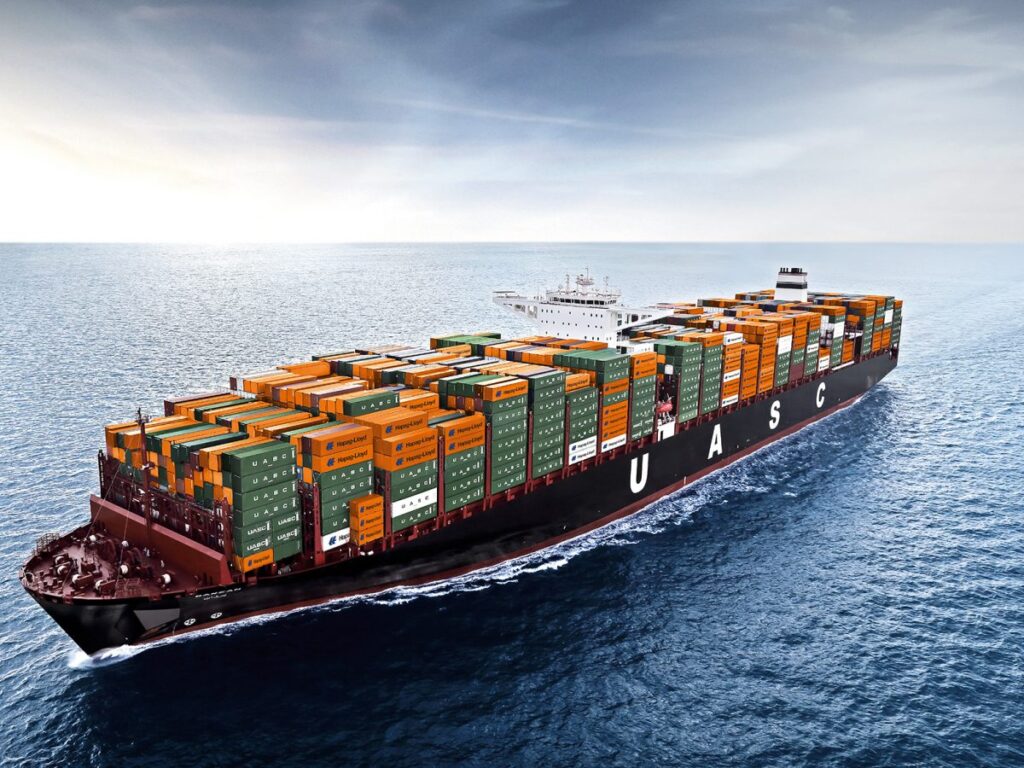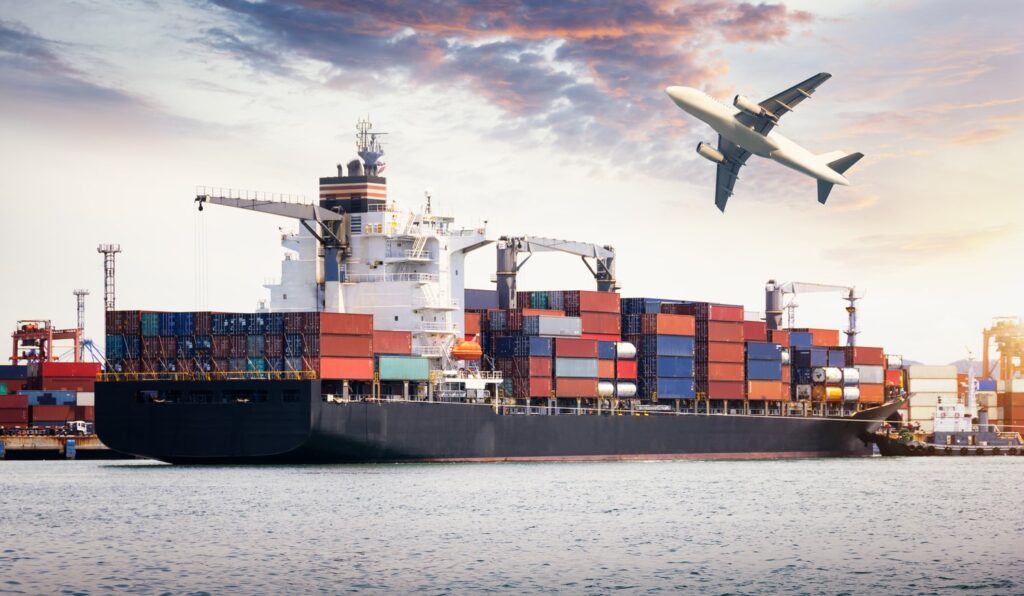Supply chain latest: Sea freight versus air freight
Are plunging rates and port de-congestion allowing large volumes of cargo to shift from the air back to the sea?
nfl store
sex toys for sale
nike air max 270 sale
wigs for women
team uniforms
nike air max shoes
adidas factory outlet
nike air max sale
best sex toys
cheap wigs
custom jerseys
basketball jeresys custom
baseball jerseys custom
sex toy store
Human Hair Wigs
nike air max 90
The early days of COVID-19 raised concerns over the potential disruptions of global supply chains, with containerized maritime freight shipping costs multiplying almost a trifold in 2020 while experiencing significant volatility.

Surprisingly, the main reason behind the global supply chain snags was not the decline in demand and the temporary shutdown of manufacturing units, but the bottlenecks in the global trade system creating pinching supply shortages and impacting the already vulnerable supply chain, which, in turn, sent the containerized maritime freight shipping rates on an overdrive.
According to the global management consultancy McKinsey & Company, the global demand for ocean shipping increased by 5% in 2021, compared to 2019, however, the cost of shipping a container from China to Europe has risen sixfold.
This upsurge was partly owed to people staying home during the pandemic. The demand for services declined while demand for products increased rapidly, substantially shifting consumption patterns in a way that was not seen during previous downturns.
This unprecedented strain combined with other factors, including but not limited to lockdowns, labor shortages, and network strains, led to an increase in demand for international shipping services, and consequently, an increase in shipping costs, an impact many industry experts expect to extend well beyond the COVID-19 economic ramifications.
Additionally, international shipping costs are as such volatile, as well as pro-cyclical, declining during downturns and increasing as the economy betters.
According to the International Monetary Fund, global container rates have begun to gradually decline since the beginning of 2022. Largely due to the conclusion of the traditional peak shipping season from August to October.
Secondly, increased operating hours as well as the ease in port congestion have allowed for supply chain disruptions to subside marginally, allowing freight rates to fall further.
Nevertheless, it is imperative that three conditions are met if the market is to return to 2019 levels.
First, the demand must slow down and supply chains must not be subjected to unexpected demand shocks.
Secondly, operators must consider the decline in demand and coordinate to clear container inventories.
Lastly, external disruptions—such as COVID-19 variants and socio-economic instability—must not interrupt operations.
Is air freight gaining traction?
Over recent months, air freight has been gradually gaining traction, but the million-dollar question remains, how did the demand for air freight rise when ocean shipping is cheaper?
To answer this question, we need to take into consideration that passenger aircraft fleets account for more than half of the global air cargo capacity, and due to the pandemic, they were severely impacted.

In 2021, border restrictions eased, allowing airlines to inch toward recovery. Today, they are tracking at near pre-pandemic levels, at only 7.8% below 2019. According to the International Air Transport Association (IATA).
Even though transportation by air is usually the last reserve, limited to perishables and high-value goods. It has become a bargain relative to ocean shipping due to the latter’s overwhelming delays and backlogs.
According to IATA, air cargo trends were strong in July 2021 – industry-wide cargo tonne-kilometers (CTKs) increased by 8.6% compared to July 2019, slightly below the growth outcome for June (9.2%).
After removing seasonality from the data, CTKs have trended sideways at elevated levels from April 2019 to July 2019.
Commenting at the time, IATA’s Global Head of Cargo, Brendan Sullivan noted that air cargo is a “critically important industry,” adding that during the crisis, it was a lifeline for society, delivering critical medical supplies and vaccines across the globe and keeping international supply chains functional, further underlining that for many airlines, cargo became a vital source of revenue when passenger flights were grounded.
“In 2020, the air cargo industry generated $129 billion, which represented approximately a third of airlines’ overall revenues, an increase of 10–15% compared to pre-crisis levels,” he said, adding that the market’s future outlook is strong.
“We need to maintain the momentum established during the crisis and continue building resilience post-pandemic.”
Back to the ocean
Consequently, the price drop of air freight compared to ocean shipping has led to more support for air transport, likely benefitting from the disruption in ocean shipping. However, recent reports point toward the shift back to the ocean from the air, as rates lower and port bottlenecks continue to ease.
The second quarter of 2022 saw an upward trend of businesses shifting from air freight to ocean freight with shippers seeking lower prices and even longer shipping duration.
For example, a third-party logistics provider based out of the US reported a 6% drop in its air tonnages due to the shift back to ocean cargo.
Meanwhile, another Germany-headquartered freight forwarder noted that they have experienced a drop in air tonnages this year.
Furthermore, industry reports also point towards the cost differential between the two modes edging back up.
As we move slowly towards recovery, ocean carriers are noticeably taking measures to improve the speed and efficiency of their movement. While increasing tonnage – bouncing back from the pandemic-induced crisis.
However, the recovery needs to be reinforced by the adoption of informational operational technologies to have more connected, productive, and efficient systems.
Features such as automated cargo handling and supply chain management are projected to drive more resilience at ports and terminals.


